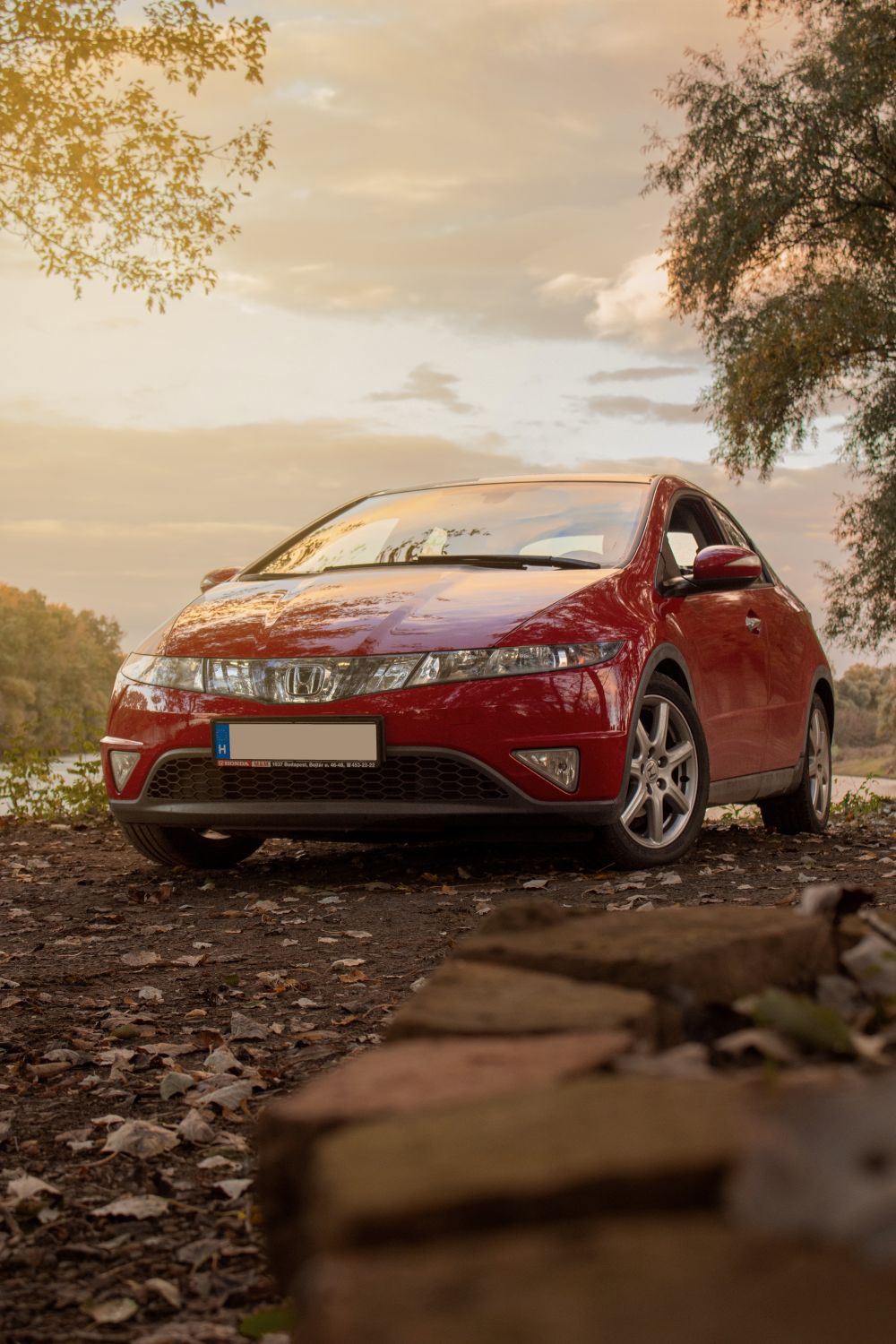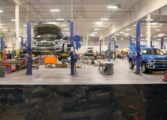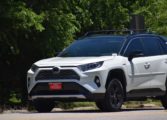American Classic Cars: A Comprehensive Guide for Car Enthusiasts

Introduction
American classic cars hold a special place in the hearts of car enthusiasts around the world. These timeless machines symbolize the golden era of American automobile manufacturing and continue to captivate with their unique design, craftsmanship, and nostalgia. In this article, we will provide a thorough overview of American classic cars, explore various types and popular models, examine quantitative measurements, discuss the differences between different models, delve into the historical advantages and disadvantages, and focus on the essential factors that enthusiasts consider when making a purchase.
Part 1 – An Overview of American Classic Cars

American classic cars encompass a wide range of vehicles produced by American automakers between the 1920s and the 1970s. These vehicles are known for their distinctive design elements, powerful performance, and cultural significance. They exude an aura of elegance and sophistication, and each model tells a unique story of American automotive history. From the iconic Ford Mustang to the luxurious Cadillac Eldorado, American classic cars have left an indelible mark on the global automotive landscape.
Part 2 – A Comprehensive Presentation of American Classic Cars
American classic cars come in various types, each with its own charm and appeal. The most common types include muscle cars, hot rods, and vintage cars. Muscle cars, such as the Chevrolet Camaro and Dodge Charger, are known for their high-performance engines and aggressive aesthetics. Hot rods, like the Ford Model A and Chevrolet Bel Air, are customized vehicles that showcase individuality and creativity. Vintage cars, such as the Ford Model T and Cadillac Series 62, represent the early stages of automobile production and offer a glimpse into the past.
When it comes to popularity, some American classic cars have gained iconic status. The Ford Mustang, Chevrolet Corvette, and Chevrolet Impala are among the most revered models, favored for their timeless design and cultural significance. These cars have become synonymous with freedom, power, and the American dream.
Part 3 – Quantitative Measurements of American Classic Cars
Quantitative data can provide insights into the performance and value of American classic cars. Various measurements, such as horsepower, torque, and acceleration, can help enthusiasts compare and evaluate different models. Additionally, factors like resale value and restoration costs play a crucial role in determining the overall worth of these vehicles. By examining these quantitative measurements, car enthusiasts can make informed decisions when buying or investing in American classic cars.
Part 4 – The Differences Between American Classic Cars
One of the fascinating aspects of American classic cars is the array of differences between models. These differences stem from variations in design, engineering, and cultural context. For example, muscle cars are known for their powerful engines and aggressive styling, while vintage cars often feature elegant curves and luxurious interiors. By analyzing these distinctions, enthusiasts can appreciate the unique qualities of each model and understand the diverse contributions they have made to the automotive industry.
Part 5 – A Historical Overview of the Advantages and Disadvantages
American classic cars have their own set of advantages and disadvantages. Historically, American automakers focused on producing large, comfortable vehicles with powerful engines, catering to the preferences of the domestic market. This emphasis on size and power provided a sense of luxury and prestige. However, it also resulted in lower fuel efficiency and handling capabilities compared to their European counterparts. Understanding these historical advantages and disadvantages can help enthusiasts appreciate the context in which these cars were created and used.
Part 6 – The Decisive Factors for Car Enthusiasts When Purchasing a Classic Car
When it comes to car enthusiasts, several factors play a crucial role in the decision-making process of purchasing a classic car. These factors include the condition of the vehicle, rarity, authenticity, historical significance, and personal preference. Car enthusiasts value originality and seek well-preserved or restored models that reflect the original specifications. Additionally, the availability of spare parts, maintenance costs, and the ability to join a vibrant community of fellow enthusiasts are important considerations. By understanding these decisive factors, car enthusiasts can make informed choices and fully enjoy the ownership experience.
Conclusion
American classic cars are more than just vehicles; they represent a rich automotive heritage and a nostalgic connection to the past. Whether it’s the roaring engines of muscle cars or the elegant curves of vintage vehicles, these classics continue to ignite passion and awe. With an overview of American classic cars, an understanding of their various types, a focus on quantitative measurements, a discussion on differences, a historical review of advantages and disadvantages, and an exploration of decisive factors, enthusiasts can delve deeper into the captivating world of American classics. So buckle up and embark on a journey through time, as we celebrate the enduring legacy of American classic cars.
















































